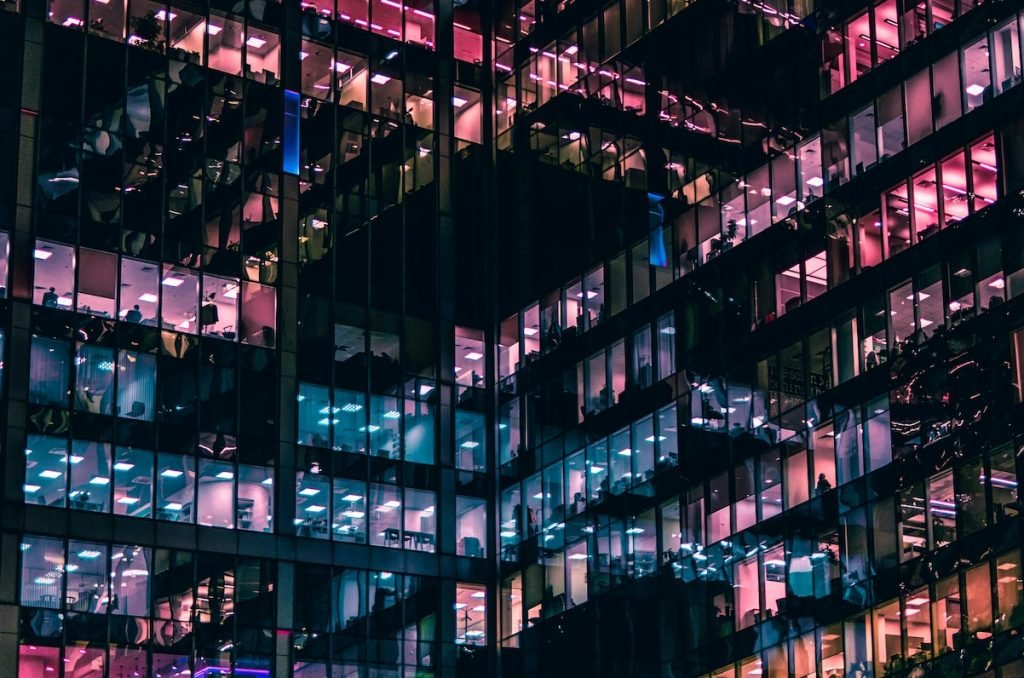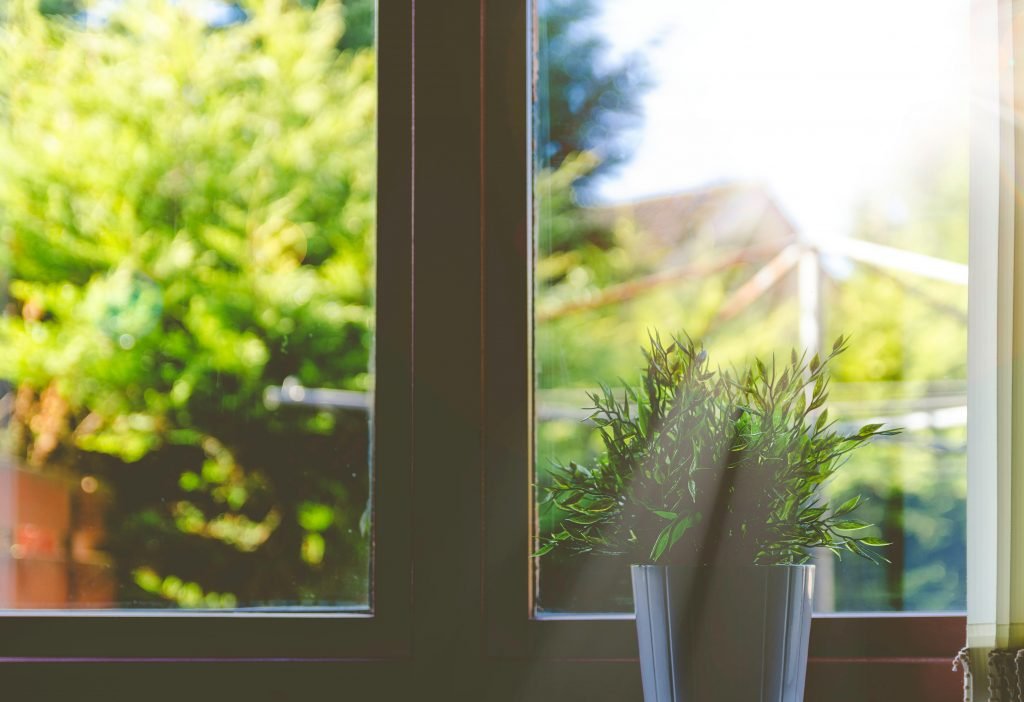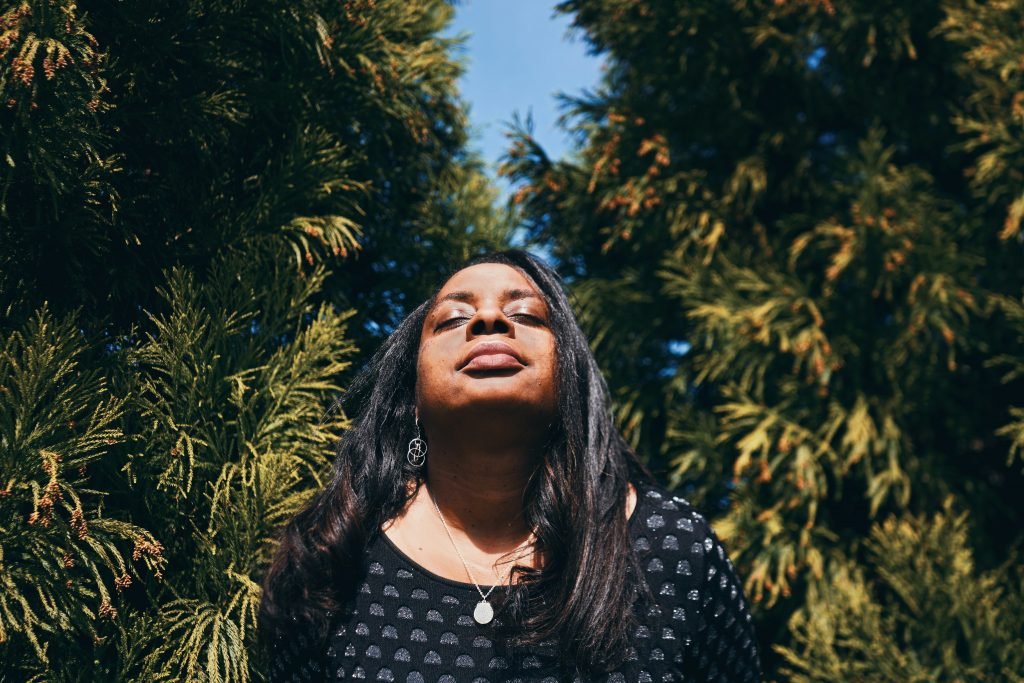
Good sleep and circadian rhythms, which are natural internal processes that regulate our bodily interactions with the environment and occur roughly every 24 hours, are essential for mental well-being, but many psychiatric disorders are caused by disturbed sleep-wake patterns. The suprachiasmatic nuclei (SCN) are regarded as the central pacemaker in humans, transferring information between circadian cycles to other brain regions and brain regions ( Hastings et al., 2019 ). Light serves as the SCN’s main input ( Tahkamo et al., 2019 ). Artificial lighting and days spent primarily indoors challenge this natural rhythm in modern and industrialized societies, potentially leading to poorer mental health outcomes ( Walker et al., 2020 ).
In this current study, Burns and colleagues ( 2023 ) used data from more than 85, 000 adults to examine 24- hour light exposure and explore the link between light patterns and psychiatric disorders, with considerations for age, sex, and lifestyle. They made the claim that improved daylight light exposure is linked to lower risk of medical disorders and higher feeling, and that nighttime light exposure is linked to higher risk of psychiatric disorders and worse mood. Understanding these associations may aid in interventions designed to promote mental health by preserving good circadian rhythms.

According to Burns and colleagues ( 2023 ), higher nighttime light exposure would be linked to worse mood and a higher risk of psychiatric disorders.
Methods
The UK Biobank potential public population cohort’s big, broad biomedical database with hereditary, lifestyle, and health data from the UK was used to examine the link between daily light exposure and risk for a number of psychiatric disorders.
A wrist-worn actigraphy watch with an integrated lighting device was retrieved for light coverage. The actigraphy view was worn by members for seven days. Quantitative analysis determined that the time between 7: 30am and 8: 30pm were daylight, and the hours between 0: 30am and 6: 00am were nighttime- time.
An online survey examining mental wellness evaluated medical outcomes. Based on the diagnostic manual of mental disorders ( DSM), each participant was assessed for the presence of major depressive disorder ( MDD), generalized anxiety disorder ( GAD), bipolar disorder, post- traumatic stress disorder ( PTSD ), psychosis, and self- harm. Multiple logistic regression was used to compare the effects of daytime and nighttime light exposure on clinical outcomes. Effects of age, sex, race, and flowering ( which is the length from sunrise until sunset ) were accounted for. Additional models took into account the effects of work and physical activity.
Results
A total of 86, 631 participants ( mean age = 62.4 years old, 57 % females ) with complete data on actigraphy measures, sleep, light exposure, and all the identified covariates were included in the analyses. The typical nighttime lighting exposure was 1, 380 light, and the nighttime lighting exposure was 24 lux. Lux are system measures of illuminance, equal to one watt per square metre. For example, direct sunlight often provides about 32, 000- 100, 000 lux, while full moon in a clear sky reaches about 0.05- 0.3 lux and artificial lighting in a living room usually provides 50- 100 lux.
Increased exposure to night- day light was associated with higher likelihood of MDD, self- harm, GAD, PTSD, and psychosis. Except for those in the brightest night-time light quarter, the risk of bipolar disorder was not significantly related to light coverage. A lower welfare report was also related to higher night-time light exposure.
Increased exposure to day- day light was associated with lower risk of MDD, self- harm, PTSD, and psychosis. Light exposure during the day was not associated with GAD and bipolar disorder.
Additionally, higher nighttime light exposure was linked to a higher number of co-occurring psychiatric disorders, whereas higher daytime light exposure was linked to fewer co-occurring psychiatric disorders. Additionally, increased daytime light exposure reduced the association between poorer wellbeing and decreased daytime light exposure, despite the fact that there was no interaction between light exposure during the day and night in their respective associations with psychiatric outcomes.
To further validate these findings, Burns and colleagues conduct a number of sensitivity analyses:
- The results were not altered by removing participants who reported working shift jobs and having a mental health disorder.
- The findings were unrelated to sleep duration, sleep efficiency, and residence type (urban versus rural ), with the exception of the link between greater nighttime light exposure and psychosis, which became unimportant after sleep characteristics were taken into account.
- None of the findings were influenced by body mass index, systolic blood pressure, or diabetes status.

In a sample of more than 85, 000 adults, daily light exposure patterns were associated with psychiatric disorders and mood, independently of age, sex, ethnicity, photoperiod, employment, physical activity, sleep quality and residence type.
Conclusions
In this study, Burns and colleagues observed that objectively measured light- exposure in free- living conditions was associated with risk for psychiatric disorders in a population of more than 85, 000 adults, independently of age, sex, ethnicity, photoperiod, employment, and physical activity. Greater light at night was associated with a higher risk of MDD, self- harm behaviours, PTSD, psychosis and GAD, in addition to poorer wellbeing. On the opposite, higher daytime light exposure was associated with lower risk for MDD, self- harm behaviours, PTSD and psychosis, as well as greater wellbeing.

Finding light at night and seeking it during the day may be a cheap, non-pharmacological way to improve mental health.
Strengths and limitations
The study uses data from a sizable sample of more than 85, 000 participants to demonstrate strong statistical ability to link light exposure to psychiatric outcomes. In addition, to ensure meaningfulness and accuracy, as well as preventing any biases and misleading findings, the analyses were controlled for a series of relevant confounding variables, including age, sex, ethnicity, photoperiod, employment, and physical activity. Comprehensive sensitivity analyses were conducted to verify independence from shift work, urbanicity, sleep quality, and cardiometabolic measurements in order to increase the reliability of the findings. Moreover, light exposure was objectively recorded using a wearable actigraphy watch, thus, minimizing biases associated with self- reporting.
However, a few limitations need to be mentioned:
- First of all, the study had a cross-sectional design, which prevented any causality from being established and made it possible to find a cause-reverse relationship.
- In addition, accuracy concerns have been raised regarding the use of wrist-worn devices to access light exposure, which could lead to potential measurement error because true darkness or device coverage were not objectively measured.
- Importantly, due to the recruitment process, light exposure data and psychiatric outcomes were not collected at the same time, which could lead to biases as a result of changing light exposure patterns over time.

In industrialized societies, people spend 90 % of their days indoors under artificial lighting, which is typically less bright during the day and brighter at night than outside light.
Implications for practice
In a sizable adult population, this paper examines the impact of light exposure on psychiatric outcomes. The authors were motivated by research into the effects of daytime and nighttime light exposure on the circadian system, whose disruption has been linked to a number of psychiatric disorders. The conclusions of this study have a number of applications to everyday life:
- Light- therapy interventions
- A simple and cost-effective adjunctive treatment for a number of psychiatric disorders may be encouraging people to increase their exposure to bright natural light during the day and reduce their exposure to artificial light at night.
- Clinical practice can be surprisingly easily incorporated with recommendations to improve light exposure.
- Additionally, light therapies provide a non-pharmacological approach to enhancing mental health outcomes by addressing the underlying biological mechanisms of some psychiatric disorders.
- Transdiagnostic treatment
- The findings of studies that link light exposure to psychiatric outcomes suggest that interventions that target circadian rhythms may have transdiagnostic effects on a range of mental health conditions.
- Treatment strategies and outcomes could be improved by addressing common underlying pathophysiological mechanisms that are shared by various disorders.
- Recommendation for environmental , modification
- Beyond individual behavioral changes, optimizing light exposure can also include environmental changes.
- In industrialized societies, designing living and working spaces to maximize access to natural light during the day and reduce artificial light exposure at night may contribute to mental health and well-being of people.
- Interdisciplinary collaborations
- Findings from this study suggests collaboration between healthcare providers, architects, urban planners, and lighting designers may facilitate the development of environments that support healthy light- exposure patterns.
- Incorporating circadian rhythm principles into architectural and urban planning initiatives may promote population mental well-being and mental health.
Overall, it has the potential to enhance quality of life for all populations and improve mental health by incorporating recommendations to improve light exposure into clinical practice and environmental design.

This study emphasizes the need to incorporate recommendations to improve global mental health by incorporating recommendations to optimize light exposure into clinical practice and environmental design.
Statement of interests
No conflict of interests to declare.
Links
Primary paper
Burns, A. C., Windred, D. P., Rutter, M. K., Olivier, P., Vetter, C., Saxena, R., Lane, J. M., Phillips, A. J. K. &, Cain, S. W. ( 2023 ). Day and night light exposure are associated with psychiatric disorders: an objective light study in >, 85, 000 people. Nature Mental Health 1, 853–862.
Other references
Hastings, M. H., Maywood, E. S., &, Brancaccio, M. ( 2019 ). The suprachiasmatic nucleus serves as its pacemaker, along with the circadian clock of mammals.  , Biology,  , 8 ( 1 ), 13.
Tähkämö, L., Partonen, T., &, Pesonen, A. K. ( 2019 ). A systematic review of the circadian rhythm of people is based on light exposure.  , Chronobiology International,  , 36 ( 2 ), 151- 170.
Walker, W. H., Walton, J. C., DeVries, A. C., &, Nelson, R. J. ( 2020 ). Mental health and rhythm disruption in Canada.  , Translational Psychiatry,  , 10 ( 1 ), 1- 13.
Photo credits
Source: nationalelfservice.net







 Please wait...
Please wait...

Add comment